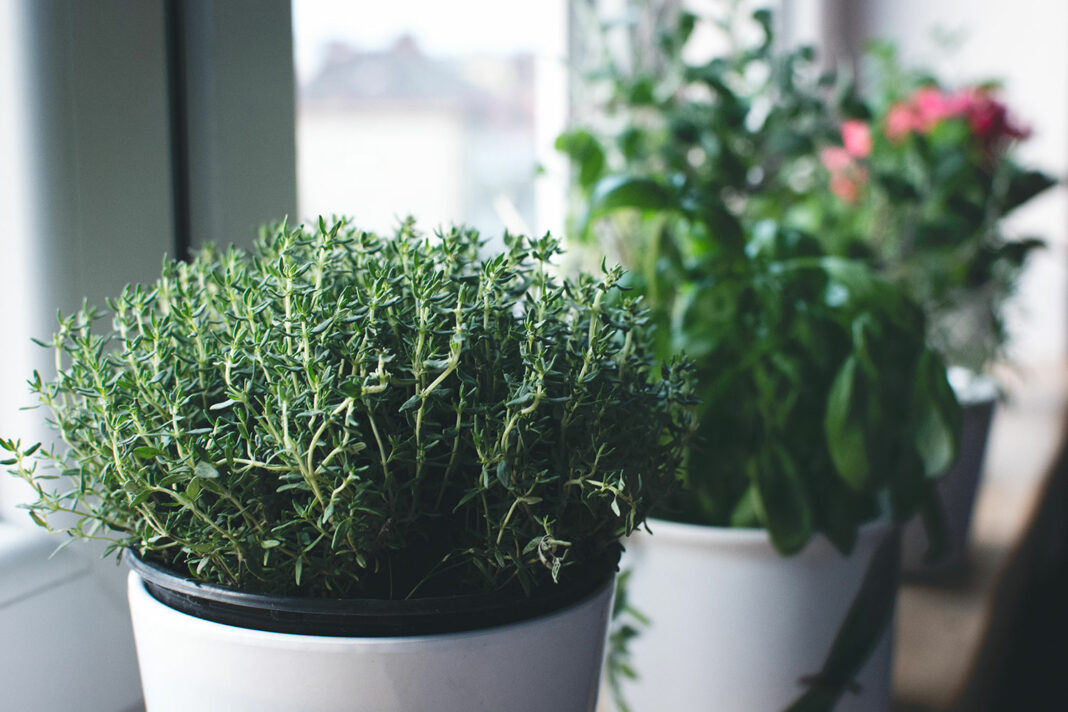Growing Herbs in the Winter: What You Need to KnowWhat to ExpectDuring the winter months, all of your leafy friends (no matter how hardy) are resting. Don’t go into a winter herb growing venture expecting massive payouts.To maximize their chances of growth, you will need to shield plants from winter elements. For example, Rosemary, Bay, Sage, and Thyme can survive on their own in pretty cold conditions (up to zone 5). However, if you actually want them to grow (a little), you will need to protect the leaves and roots from frost and nighttime lows.And when we say “a little,” yes, we mean a little. If you give your plant’s the protection they need, you may see a few tender shoots, which you can harvest. If you have a mature perennial, don’t go chopping into its old growth. Why? This is where it keeps its energy reserves! Cutting off too much of your plant will cause its ultimate demise. (Good news? We’re always here for your replacement plant in the Spring!)How to Protect Your PlantsIf you’re overwintering some of your precious herbs outdoors, you will want to invest in frost covers. Even if you live in an ordinarily mild climate, these are good to have on hand for emergencies.For container gardens, things can be much simpler: Just drag your potted plants into the protection of the garage during severe weather. It’s worth noting, you need to protect both the foliage and roots of potted plants from cold, which you can do by wrapping the pots in blankets.Bringing Them IndoorsArguably, an indoor windowsill garden is the easiest way to keep your stock of fresh kitchen herbs going in the winter! Remember, most popular herbs are from the Mediterranean and require at least 6 hours of full sun daily. So, get your sunniest spot ready, keep plants away from radiating heat, and be careful not to overwater! Looking for more tips? Read this.How Much to HarvestIf you want your plant to live another day, never harvest more than 10% of the leaves and/or stems during winter. Wait to re-harvest until you see new shoots. If you’ve purchased plants simply to get you through the winter, pluck off what you need when you need it. Sure, your Basil or Cilantro might be bald by Spring, but that’s what we’re here for! How Many to BuyIf you’re purchasing plants expressly for winter harvesting, how many should you buy? Even in the best winter conditions you can muster, your plant’s growth will not be up to Spring or Summer standards. For this reason, you will need to invest in several of the same plants to fuel your kitchen creations. Our advice? Pick your favorite and line your windowsill!10 Winter Herbs for Cold-Season Harvests

